Search Results
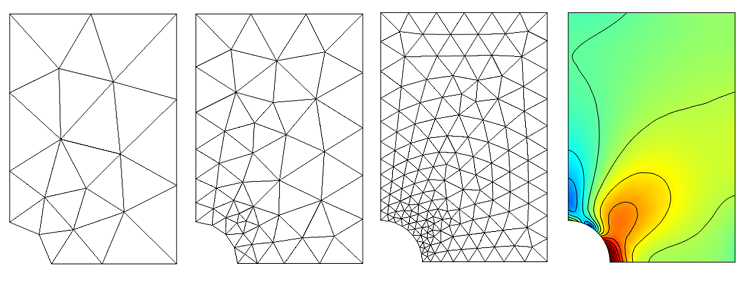
Meshing Considerations for Linear Static Problems
In this blog entry, we introduce meshing considerations for linear static finite element problems. This is the first in a series of postings on meshing techniques that is meant to provide guidance on how to approach the meshing of your finite element model with confidence.
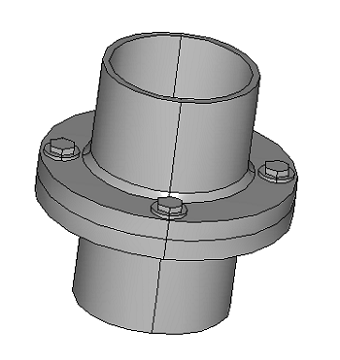
Simulating Tensile Stress in a Tube Connection with Prestressed Bolts
When analyzing a bolted joint, one thing to consider for an accurate analysis is the bolt pretension. With COMSOL Multiphysics, the effects of prestressing a bolt can be easily computed using the Bolt Pre-tension feature available in the Structural Mechanics Module. After modeling prestressed bolts, a further analysis can then be conducted on an external load applied to the structure. Here, we will explore how to include prestressed bolts in a tube connection model, and then carry out a stress […]
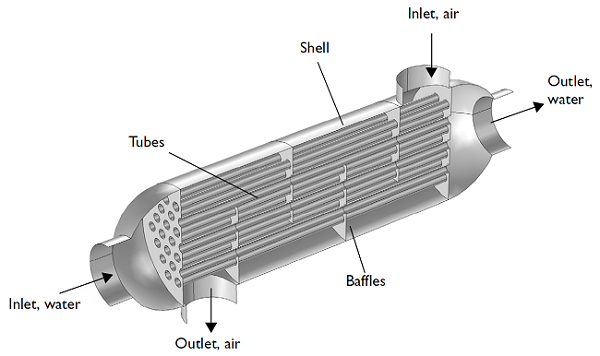
How to Model a Shell and Tube Heat Exchanger
Shell and tube heat exchangers are one of the most widely used type of heat exchanger in the processing industries (65% of the market according to H. S. Lee’s book, Thermal Design) and are commonly found in oil refineries, nuclear power plants, and other large-scale chemical processes. Additionally, they can be found in many engines and are used to cool hydraulic fluid and oil. There are a variety of different configurations for these heat exchangers, but their basic concept can […]
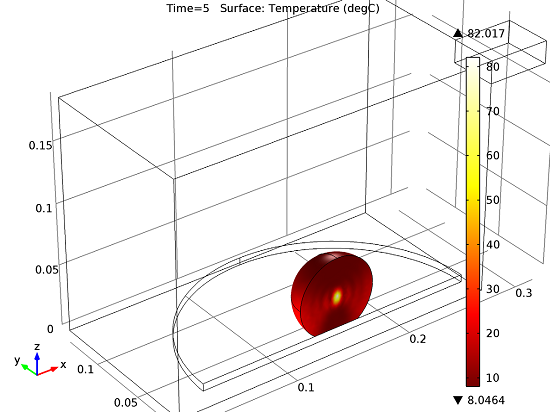
Why Does a Microwave Heat Food Unevenly?
It’s probably something we have all experienced. We get home, stick last night’s leftovers in the microwave, and sit down to have a nice meal — only to realize that the food is scalding hot one bite and freezing cold the next. This experience has prompted me on more than one occasion to wonder: Why does a microwave heat food so unevenly?
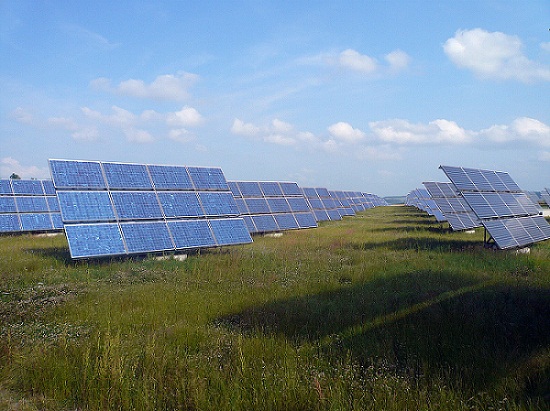
Efficient Solar Panel Design Improves the PV Industry
Solar photovoltaic (PV) cells are semiconductor devices that directly convert solar energy into electricity or voltage using the photovoltaic effect. These PV cells are more commonly known as solar cells, or solar panels, and in 2012 they produced roughly 93 terawatt-hours (TWh) of electricity — enough energy to power over 20 million homes. Because the cells must be directly exposed to the sun’s rays, they are housed outdoors where the panels are affected by the elements. Therefore, the cells must […]
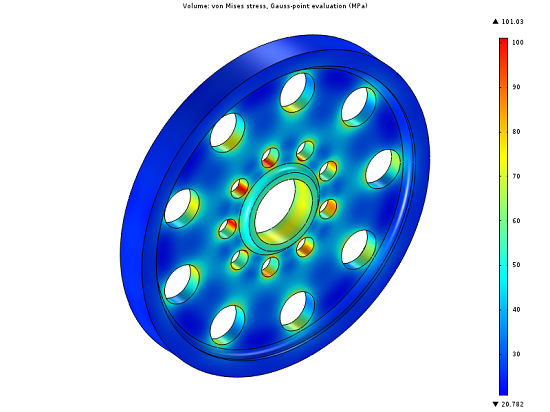
Using Gradient-Free Optimization
The COMSOL Optimization Module includes both gradient-based and gradient-free optimization techniques. Whereas the gradient-based optimization method can compute an exact analytic derivative of an objective function and any associated constraint functions, it does require these functions to be smooth and differentiable. In this blog post, we examine the use of the gradient-free optimizer, which can consider objective function and constraints that are not differentiable or smooth. The dimensions of a spinning wheel are optimized to reduce the mass while maintaining […]
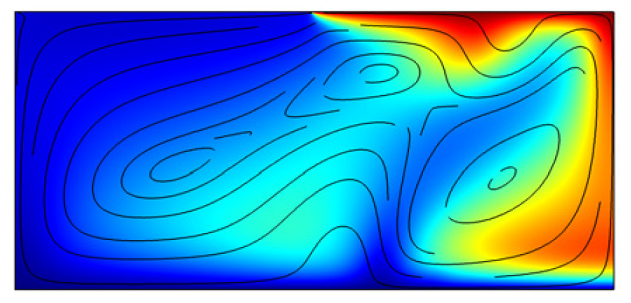
Density-Driven Fluid Flow in Porous Media
There are many different forces that can induce flow in fluids, such as kinetic energy, pressure gradients, concentration gradients, and many more. In natural systems, one effect that can initiate fluid flow in a still fluid is a change in density. This density change will result in a change in the fluid’s buoyancy, thus inciting flow as the denser fluid sinks and the less dense, buoyant, fluid rises. You’re probably most familiar with these changes in density occurring due to […]
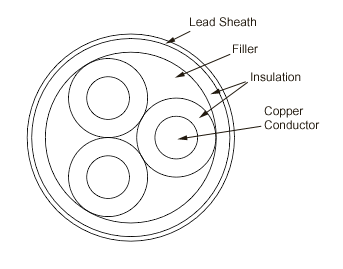
Simulating Thermal and Electrical Stresses in Medium Voltage Cables
Underground medium voltage cables are often used to deliver electrical power from a transmission system and into the home of consumers. In the United Kingdom, these cables carry hundreds of amps at voltages between 11 and 33 kV, a typical voltage of electrical transmission cables around the world. Analyzing the stresses that these cables are exposed to over their lifetime is important for ensuring both consumer safety and energy efficiency. Researchers from the Glasgow Caledonian University in Scotland used COMSOL […]
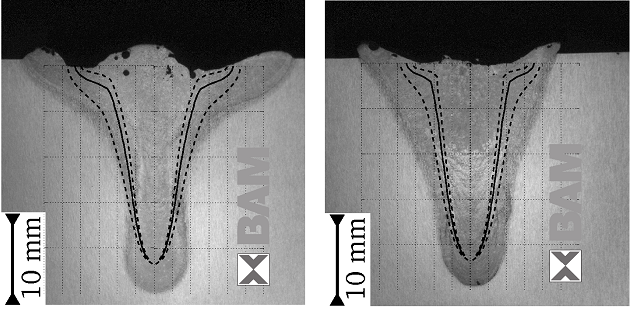
Laser Beam Welding Gets a Magnet Make-Over
Our day-to-day lives are dependent on the safety of technical systems and processes. We blindly trust that reactor vessels withstand the test of time, that the train or ship we’re on does not break down. These metal structures, in turn, rely on accurate welding processes. Here’s where BAM Federal Institute for Materials Research and Testing comes into the picture. BAM researchers have been working on improving upon the high-power laser beam welding process in order to promote safer and more […]
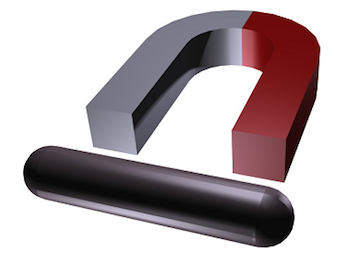
Quick Intro to Permanent Magnet Modeling
I’ve written several blog entries involving permanent magnets, in one way or another. Reading those may have raised the question “what about a more simple introduction to permanent magnet simulations?” Fair enough, here’s how to model a permanent magnet and its surrounding magnetic field.
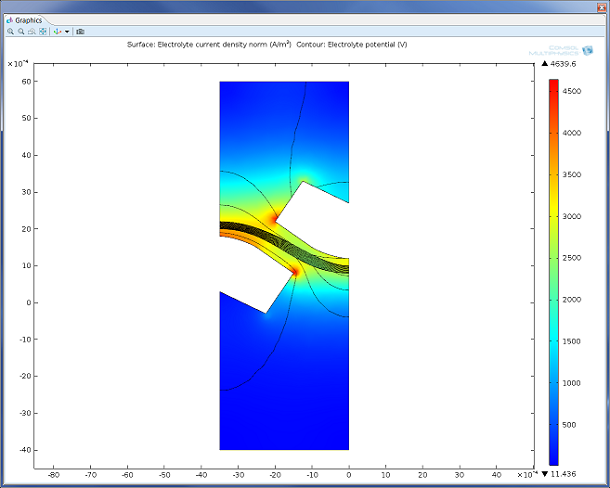
Electrochemistry, from Electroanalysis to Industrial Electrolysis
My colleague, Edmund Dickinson, recently blogged about cyclic voltammetry, and how this can be modeled. It was a fantastic blog entry, as it really described the application, and how to implement such models in COMSOL Multiphysics. While Edmund has a background in electroanalysis, where cyclic voltammetry, potentiometry, and electrochemical impedance are important tools, I had a different but similar life before COMSOL, working within industrial electrolysis. For both of us, the new Electrochemistry Module would have been the perfect tool […]
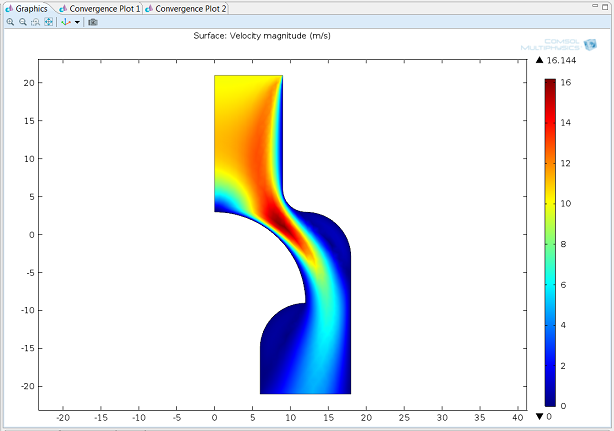
Creating 2D Models from 3D Geometries in COMSOL Multiphysics
Our newest release, COMSOL Multiphysics version 4.3b, contains so many new modules and features, certain additions might get lost in the fray. One addition to the COMSOL Multiphysics base package we don’t want you to miss is the ability to create 2D models from cross sections of 3D geometries. This easy-to-use feature allows engineers to simplify the model, gain understanding of and fine-tune parameters, and dramatically reduce simulation time.
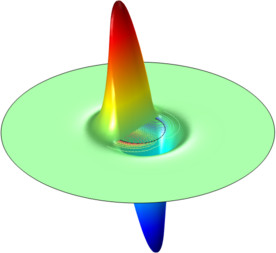
Step-Index Fiber Simulation
Optical fibers are used to transmit information in the form of light through an optical waveguide made of glass fibers. The light is sent in a series of pulses that can be translated as binary code, allowing the transfer of information through the fiber. Because such pulses can travel with less attenuation and are immune to electromagnetic disturbances, fibers are used instead of traditional metallic wires thus allowing data transmission over longer distances and at higher bandwidths.
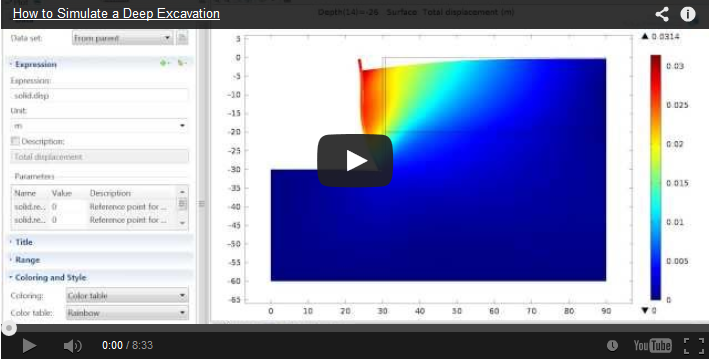
Digging into COMSOL’s Geomechanics Module
I will always remember a Geotechnical Engineering class I took during the pursuit of my Civil Engineering degree. It contained both the high and low points for that academic semester; the lab portion was a lot of fun, learning about (read: playing with) the different soils and clays existing in the state of Georgia. The final project, on the other hand, tasked us with designing a retaining wall to match certain specifications — a tough and lengthy assignment. A retaining […]
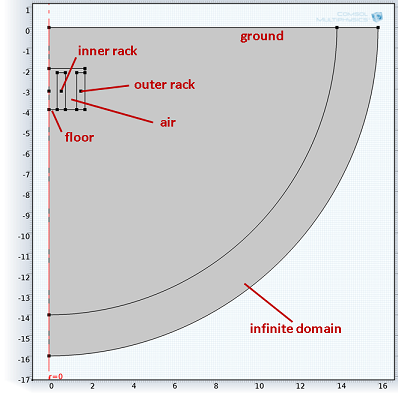
Modeling Temperature of a Wine Cellar
A lot of effort is put into inventing or improving existing technologies used to cool buildings, food, or any goods that need to be stored at a definite temperature. The reason is simple: adopting more efficient designs will result in achieving the same goal while consuming less energy. Both our balance sheet and the environment will benefit from these solutions. Here we will explore modeling temperature of a passive cooling design using a wine cellar as an example.
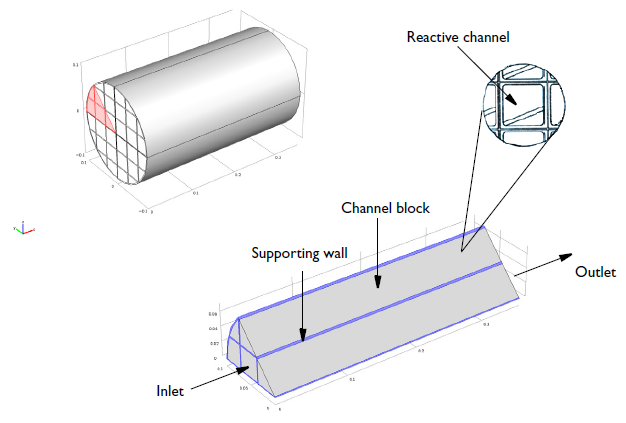
Modeling Chemical Reactions: 3D Model of a Monolith Reactor
In a previous blog post we dealt with the reaction kinetics and modeled plug flow of a monolithic reactor in the exhaust system of a car. The goal was to determine the ideal dosage of ammonia to reduce the nitrogen oxide levels emitted into the air. After understanding the chemistry of our problem, it is now time for the second part in our “Modeling Chemical Reactions” blog series. Here, we will go through the steps of generating a 3D model […]

Modeling a Burning Candle, How Would You Do It?
This holiday season most of us will have burned our fair share of candles. The flickering light of candles can really enhance the ambiance and put you in festive spirits. This reminds me of an analysis of a burning candle developed by AltaSim Technologies back in 2010. So, in tune with the holiday cheer, here are some candle physics.
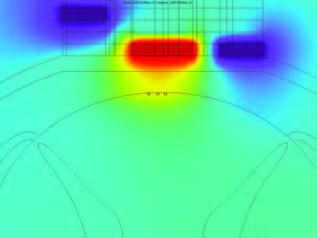
Modeling Scar Effects on Electrical Spinal Cord Stimulation
Spinal cord stimulation (SCS) is a treatment for chronic back pain that has been around for over 40 years. It involves implanting electrodes that apply electric potentials directly to the spine, interfering with the human pain signaling circuitry. The body attempts to send pain signals to the brain, but the electrodes act as a barrier preventing the signals from reaching the brain. Although an overall successful method for treating back pain, researchers have been improving on the design since the […]
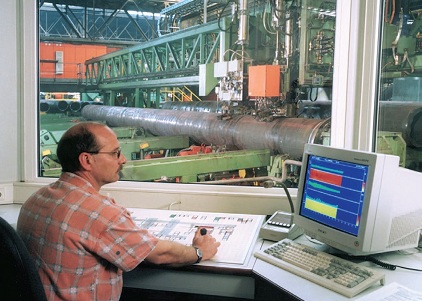
Impedance Boundary Conditions Help in Modeling Nondestructive Testing (NDT)
How do you simplify a 3D geometry to reduce the computational resources required to model it? Do it in 2D. What if the phenomenon can only be properly simulated in 3D? Find the planes of symmetry and reduce the size, most engineering objects are symmetric in some way. What if there is no symmetry, such as the propagation of random cracks through a steel pipe? Well, as this story from COMSOL News 2012 shows, there are other methods, such as […]
